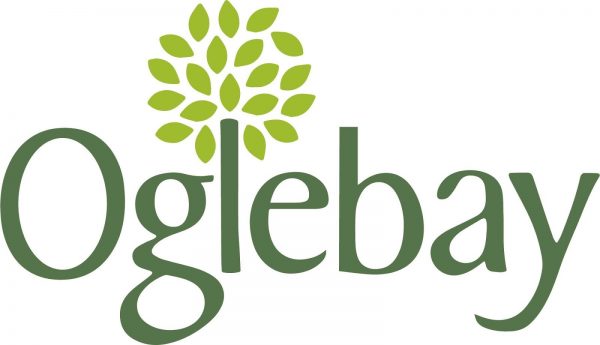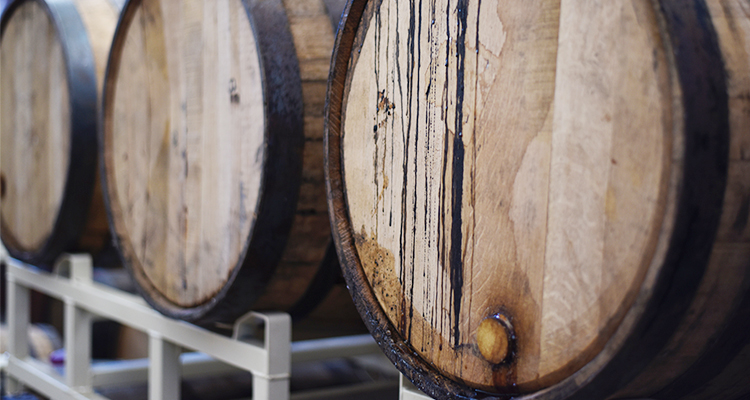Recent years have witnessed the rise in popularity of India Pale Ale (IPA), a kind of brew known for its bitterness and often higher alcohol content. Few people realize, however, that one of North America’s best-known crafters of IPA once owned what is now Oglebay Park and brewed right here in Wheeling.
As legend tells it, IPA was originally created by English sailors during the British colonization of India. Beer would spoil on these long voyages in the tropical climate with no refrigeration. To preserve the beer, the English added more hops to their brews. As the story goes, George Hodgson of East London’s Bow Brewery eventually created the first IPA in the 1790s. It was bitter and contained a high percentage of alcohol, but it faired the journey well and maintained morale.
 Most readers know, however, legend is often only loosely based in fact. Although Hodgson is given credit for the birth of IPA by many brewing aficionados, archival records tell a different story. An Account of India by Charles Lockyer published in 1711 lists ale and beer being shipped without incident from England to India. According to English brewing expert Martyn Cornell, Hodgson is likely given credit as the originator of IPA “because the Bow brewery’s owners were willing to give the East Indiaman ships’ captains extended credit on their purchases of beer to be sold to Europeans in Bombay, Calcutta and Madras.”
Most readers know, however, legend is often only loosely based in fact. Although Hodgson is given credit for the birth of IPA by many brewing aficionados, archival records tell a different story. An Account of India by Charles Lockyer published in 1711 lists ale and beer being shipped without incident from England to India. According to English brewing expert Martyn Cornell, Hodgson is likely given credit as the originator of IPA “because the Bow brewery’s owners were willing to give the East Indiaman ships’ captains extended credit on their purchases of beer to be sold to Europeans in Bombay, Calcutta and Madras.”
Regardless of how IPA came to be, its staying power is undeniable. While it has fluctuated in popularity over the centuries, it is on the upswing again as the darling of micro-breweries that have popped up in cities and towns across the United States. It was during one of these IPA revivals that Wheeling played a role in its long and some say, tasty, history.
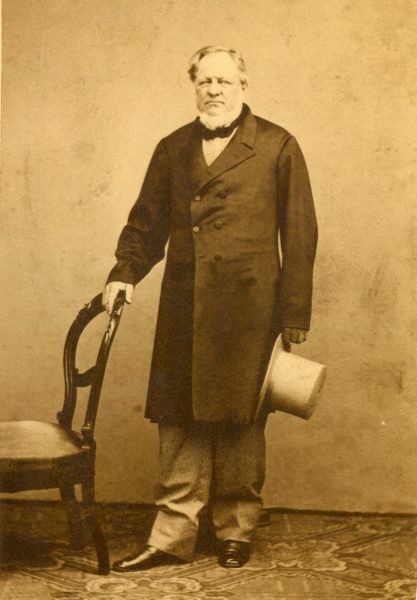
George Weatherall Smith Comes to Wheeling
Beer was an important commodity in Wheeling from the city’s beginning. Some of the largest breweries in the state were located in Wheeling at one time or another. Early English ale brewers included Moore, Kinghorn and Reid, among others. In the years leading up to the Civil War, though, one man was known widely as the maker of superior India Pale Ale, George Weatherall Smith. Not only would he create a world-class brew, he would go on to develop a rustic hillside farmstead into a majestic English estate that he would call Waddington Farm.
George Weatherall Smith was born in 1799 in Canwick, Lincolnshire, England. He was the son of wealthy businessman Thomas Smith, who sold all of the family’s possessions and moved them to the United States with $100,000 in cash in 1819. Later that year, Thomas became severely ill, and before he died he asked George to promise him that he would take the family back to England. George did so not long after his father’s death.
In 1820, George left his family in England and returned to America, settling in New York City. He took a position as the head of a merchant ship that made routine trips from New York to Tampico, Mexico. After more than one battle with marauding pirates and a boatload of contents he struggled to sell, he returned to New York City and founded a brewery with his brother Thomas, who was now living in New York as well.
Eventually, in 1829 Smith took a job in Pittsburgh, Pa., as brewmaster for Brown and Verner, a major beer producer at the time. According to Albert Doughty in a 2002/2003 issue of The Breweriana Collector, he was paid the highest brewmaster salary east of the Alleghenies at $500 a year. Smith was so successful that his salary doubled to $1,000 per year by 1833. While working for Brown and Verner, Smith moved to St. Thomas, which is in what is now Ontario, Canada, and established a brewery with William Peacey. While there, he met members of the Labatt brewing family. He also met and married Mary Eccles, who died just a month after their wedding.
Smith returned to Pittsburgh, and in 1836 he married a widow named Elizabeth Faddington. Together they had three children, two sons and a daughter. A year later, Smith purchased the remaining shares in Verner and Brown, shuttered its doors, and opened a new brewery at Barber’s Alley and Penn Street, which he operated for a decade before heading down to Wheeling in 1847 to purchase Henry Moore’s Franklin Brewery.
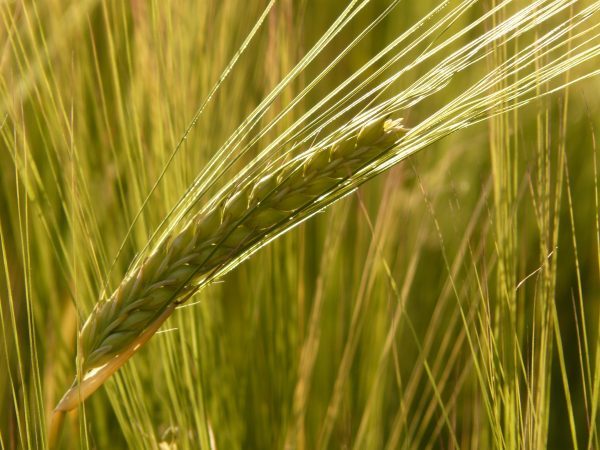
A few years before selling the brewery, Moore had updated its interior with the most modern equipment available in the area, which gave Smith the ability to brew 20,000 barrels per year. In addition, the building housed a malt factory on the second floor, which led to Smith becoming the largest barley and ale dealer in the region. In addition to processing barley for his own brewing, he sold it to other breweries as well. Barley became a major cash crop for farmers of the Ohio Valley thanks in large part to Smith.
In 1850, Smith expanded the brewery, creating storage caves underground. By the time he was finished, Smith’s vaults were more than one-eighth of a mile long and were the largest such caves in the country. He even re-routed a spring that flowed over the door of the vaulted area, which helped keep the contents cold and saved the company over $1,000 a year because they did not need to purchase ice. He also expanded the factory area. When he was done, the entire factory, outbuildings, and grounds stretched more than an acre and a half.
Newspaper articles of the time proclaim Smith ales as the best around. He brewed four kinds of ales: Kennett Ale, Fresh Ale, Stock Ale and Porter. He employed 25 men who worked day and night shifts. Smith sold his brews on the wholesale market only, and local saloons would re-sell it at five cents per bottle. In addition to Ohio Valley bars selling Smith’s ale, it was shipped by boat up to Pittsburgh as well.
Smith Buys a Farm
In 1856, a decade after Dr. Hanson Chapline and his wife Elizabeth built the farmhouse that would later become the Oglebay Mansion, George Weatherall Smith and his family moved in. In addition to the square farmhouse, Smith purchased 416 acres of adjoining land for a sum of $30,000. He would pour an additional $46,000 into the house and the property and name it Waddington Farm after his English ancestral home, Waddington Heath. It carried this name until after its last private owner, Earl W. Oglebay, bequeathed the land and its buildings to the City of Wheeling following his death in 1926.
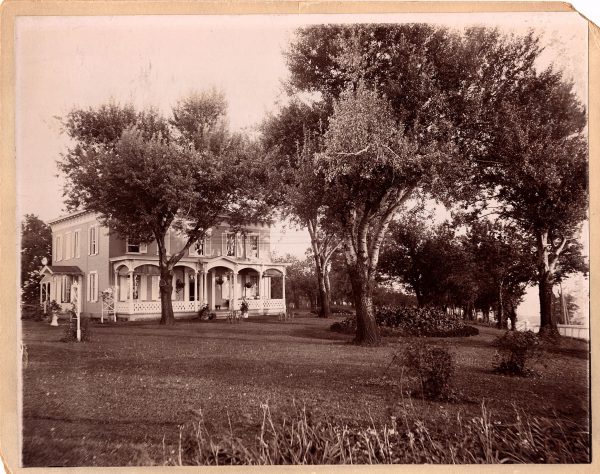
A Feb. 24, 1860, article in the Daily Intelligencer compares Smith’s improvements to Waddington Farm to George Rapp’s Economy Village in Beaver County, Pa. Rapp was known for his leadership of the separatist religious group, the Harmonists. Working together, they built an incredibly successful colony that engaged in manufacturing and trade and excelled in scientific farming. The editors refer to Waddington as a “model farm,” and they describe Smith as a hard-working overseer who ensured the smooth operation of the farm and its workers.
By the time Smith took possession of Waddington Farm, the farmhouse had been updated to include a winter kitchen and an upstairs addition. Smith was far more interested in shaping the land surrounding the house into the finely sculpted English gardens he remembered from his youth. An 1864 article in The Intelligencer described Waddington Farm as being “most admirably improved. No good farmer can walk over the farm and truly say that there is anything wanting. This land is very productive and the whole is now blooming like the rose.”
People of the era recalled seeing Smith travel by horseback along the widening roads from the farm to his brewery at 1700 Chapline St. in the morning and back to the farm in the evening. The roughly 6-mile, one-way trip takes the modern automobile around 12 minutes to travel and a bicycle about 50 minutes. It must have taken Smith well over an hour or more to make his commute each way.
Carrying on the IPA Legacy
As the brewing business continued to boom for Smith, his reputation as a master craftsman of fine India Pale Ale grew as well. In 1859, John Kinder Labatt sent his son John Jr. to Wheeling to learn the brewing trade from Smith. Four years later, not long after his beloved second wife Elizabeth died, Smith took John Jr. with him to Canada where they founded a brewery in Prescott, Ontario. John Jr. served as brewmaster and Smith ran the company. After about a year, in the fall of 1864, Smith returned to Wheeling.
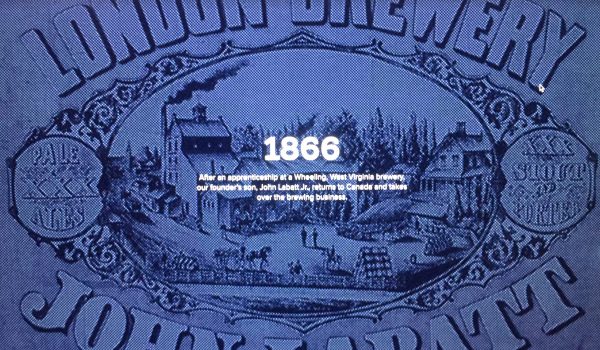
In addition to the death of his second wife and his re-marriage, other records suggest that Smith fled Wheeling out of fear for the results of West Virginia’s succession from Virginia and the Civil War on his business interests, but the evidence for that theory is scant.
Eventually, Robert Labatt would buy the Prescott Brewery, and John Jr. would return to the family company. According to Albert Doughty, Smith had given John Jr. his recipe for his famous IPA, and it eventually became Labatt’s India Pale Ale in 1872 when John Jr. took control of Labatt Brewing Co. following his father’s death.
 According to an article in the October/November 1995 issue of Beer Cans and Brewery Collectibles, “Labatt’s IPA debut was a huge success.” Not only did customers enjoy it, it went on to win Gold Medals at the Centennial Exhibition in Philadelphia in 1876, in Paris in 1878 and in other countries in the years to come.
According to an article in the October/November 1995 issue of Beer Cans and Brewery Collectibles, “Labatt’s IPA debut was a huge success.” Not only did customers enjoy it, it went on to win Gold Medals at the Centennial Exhibition in Philadelphia in 1876, in Paris in 1878 and in other countries in the years to come.
Labatt’s brewed its version of George Weatherall Smith’s IPA for 129 years. It was so successful in the North American marketplace that Labatt’s was able to forestall brewing lager until 1911, which was highly unusual. In 1992, Labatt ceased brewing IPA altogether in favor of investing in technology that would help them produce an ice beer. This new line of beer helped them remain competitive in the brewing industry, and as of 2018, Labatt is still going strong.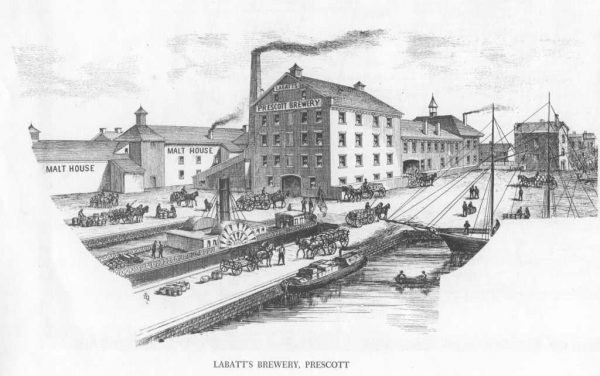
The Fate of Smith’s Wheeling Brewery
After Smith returned to Wheeling, he married a prominent widow from Philadelphia, Ellen Darlington. According to a notice in the Oct. 7, 1964, Daily Intelligencer, he attempted to sell his brewery and all of its contents “which would allow the purchase to proceed with the business without interruption.” Evidently, he was unable to sell it because not long after, he leased his Wheeling brewery to his stepson, Henry Darlington, who was a brewmaster from Pittsburgh.
Not long after taking over the business, Darlington began brewing lager. In a major social event, he introduced his lager beer to more than 1,000 visitors who came to tour his factory and drank over 200 gallons of lager. His publicity stunt worked. By the end of the year, Darlington had brewed about 100,000 gallons of lager and 300,000 gallons of ale.
The Wheeling Brewery changed leaseholders again and eventually, Smith regained control. In 1872 the brewery became G.W. Smith and Co. after he formed a partnership with his son Alfred and Arthur M. Teece, a relative of Smith’s stepdaughter’s husband. Smith would die later that year. After his death, his son Alfred closed the East Wheeling Brewery and bought the Brockhardt Brewery on West Market Street.
Smith’s brewery would be used in a variety of ways over the next quarter century, including as storage for a cheese company and fruit and vegetable canning company. Smith East Wheeling Brewery was razed in 1908 to build a warehouse in its place.
Leaving Wheeling and Waddington Farm
Just a few days after Smith attempted to sell his brewery in 1864, he advertised Waddington Farm for sale as well. In the notice, he describes the property as “known to be the best improved and highly cultivated in this part of the country.” The “homestead,” as he refers to the base that would become Oglebay’s mansion, came “with all modern conveniences, surrounded with shrubbery and trees.” Alexander Mitchell Jacob was the ninth owner of Oglebay Park.
Smith died in 1872 on his farm in Champagne, Ill., where he was living temporarily. His permanent residence was in Chester, Pa., outside Philadelphia, where his third wife resided. By this time, Waddington Farm was home to the 10th owner of the farm, James Paxton. Paxton was an influential leader in the succession from Virginia and in the formation of the new state and government of West Virginia.
Clearly, George Weatherall Smith lived an exciting life that took him around the world and back again. His efforts led to the creation of one of the world’s most popular beers, Labatt’s India Pale Ale, but long before it hit the national scene, it was brewed and drank by the good people of Wheeling, W.Va.
